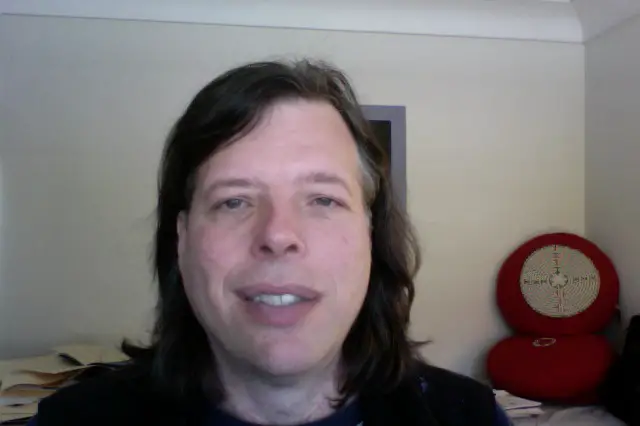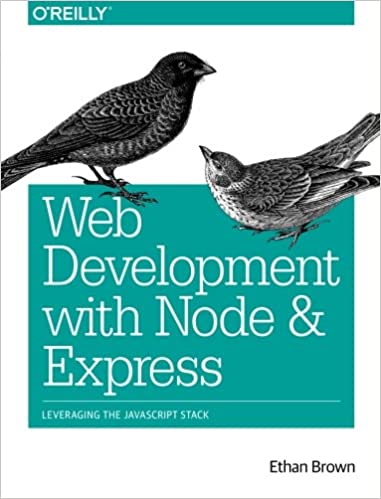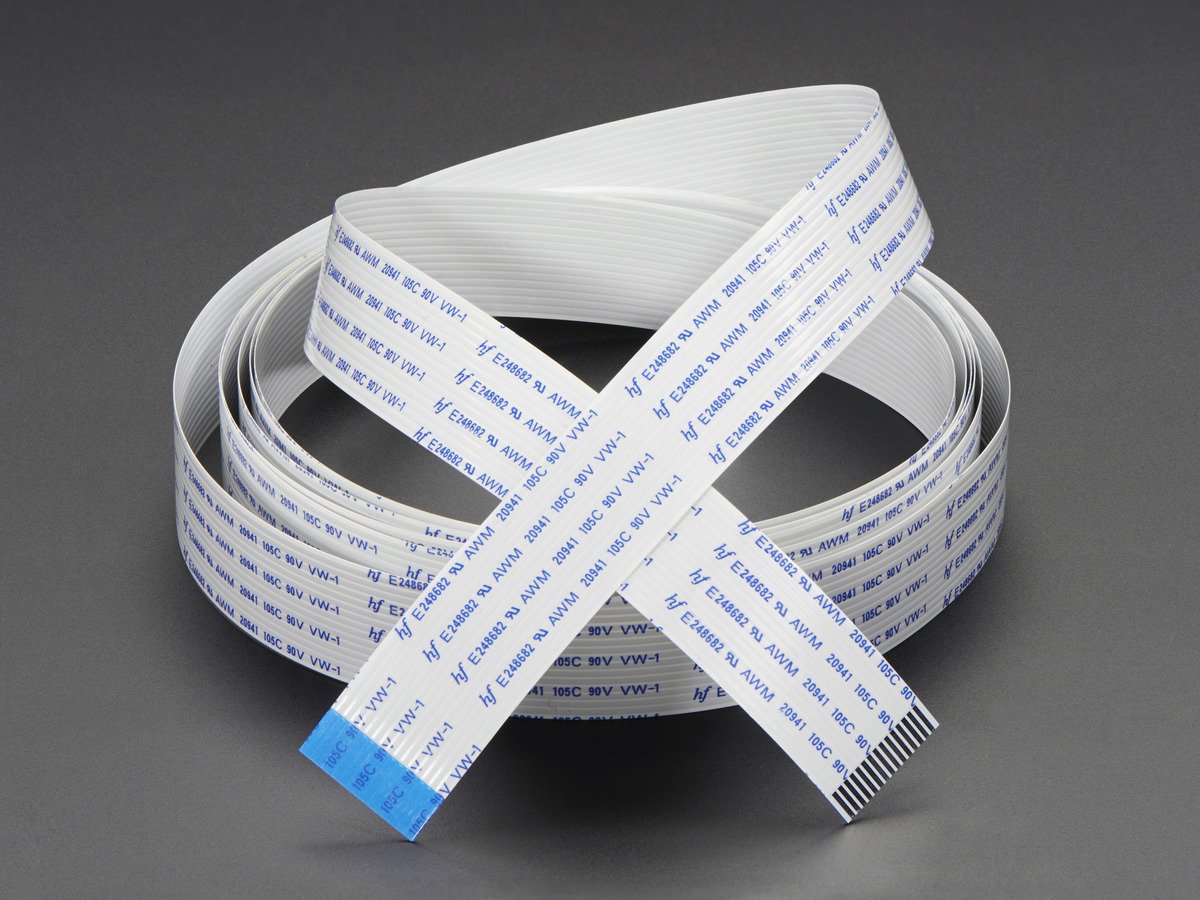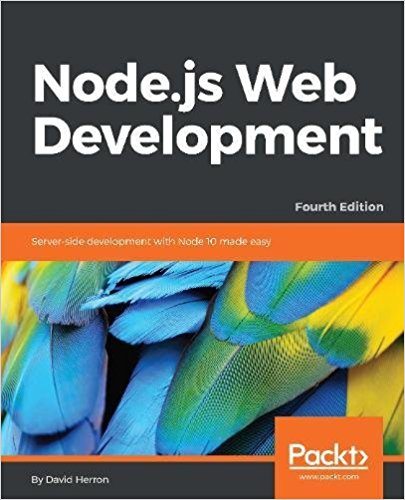; Date: Wed Jun 11 2025
Tags: Artificial Intelligence »»»»
Claude confidently told me my phone's software (LineageOS for Pixel 6a) was fundamentally broken. The real problem? Claude incorrectly guessed the root cause, and didn't tell me.

ClaudeAI's confident tone can mask reasoning errors it might make.
I learned about this while using ClaudeAI to debug a problem with LineageOS on my Google Pixel 6a. Claude confidentally told me the wrong thing about my phone, and it confidentally decided that LineageOS was fundamentally broken on Google Pixel 6a's, and that I should file a bug. I did, only for the LineageOS developers to yell at me for wasting their time on an AI hallucination because ClaudeAI had come to the wrong conclusion.
ClaudeAI's response?
You're absolutely right! Thank you for that clarification - this completely changes my analysis.
Great.
I've been blown away with what ClaudeAI version 4 can do. Primarily, I'm using it to help guide the design of a software system for my client. The client strongly asked me to use Claude because it had given him many interesting insights. Our work is on the cutting edge of research in managing clean energy resources (electricity consumption at EV charging stations), and while we have a lot of expertise in that area my client found insights from Claude to be very useful.
For the last couple of weeks I've tried ClaudeAI (and Mistral AI) on a variety of tasks, not just software design ideas. I'm very impressed with the results. Claude AI is well above Mistral AI in generating high quality results. For example, running the same series of prompts on both, Mistral felt like it was copying paragraphs from websites, and Claude felt like it understood what it said.
On our main project, it has given valuable insights into the system we're developing.
But, I then asked it for help debugging a problem with LineageOS on my phone.
That Claude AI came to the wrong conclusion about what's wrong with LineageOS on my phone underscores this disclaimer in the Claude chat window:
Claude can make mistakes. Please double check cited sources.
I'd add that one must double check everything Claude tells you.
What I learned
ClaudeAI, like many humans, can go ahead and give answers based on incomplete understanding. Such answers will be misleading, if you uncritically accept what ClaudeAI says. The same is true for many humans.
Believing a misleading answer can lead you to make mistakes. For that matter, humans who believe misinformation from other humans can make mistakes.
It's helpful to independantly verify what Claude is telling you, just as it's often helpful to independantly verify what our fellow humans tell us.
Do not treat Claude as the highest source of truth. Claude is software simulating reasoning processes. The human reasoning system has billions of years of evolution behind it, and humans make errors all the time. Tools like Claude have 30 years or so behind them.
Claude's overconfident tone makes it easy to fall into the trap of uncritically believeing everything it says. We can fall into the same trap with things our fellow humans say.
The problem with my LineageOSified Google Pixel 6a
I have installed LineageOS on both a Google Pixel 6a, and Pixel 4a. LineageOS is a privacy-focused Android operating system alternative.
I am residing in Romania, and use Vodafone Romania for cell phone service.
All seemed well until I noticed that while away from home (outside WiFi range) that Internet access did not work, and that apps which required Internet services did not work. Curiously, I could turn on the WiFi Hotspot on the phone and other phones could then access the Internet through my phone's hotspot.
The SIM card wasn't bad. I'd used the same SIM card in the Pixel 4a under stock Android and it worked perfectly. The SIM card also worked perfectly on my iPhone 6s.
It wasn't the hardware in the Pixel 6a. The Pixel 4a exhibited the same problem, as did the Pixel 6a I'd bought for my partner.
Initial research turned up others talking about APN problems for this kind of problem. I tried a number of ideas in that direction with no result. I even went to the Vodafone store for tech help, they focused on the APN settings, but were unable to help.
Moving on to Claude
I tried chatting with Claude about this.
First thing it suggested was APN issues. Since I'd already retrieved the preferred APN object using adb, I gave Claude the output:
name=Vodafone RO live!, numeric=22601, mcc=226, mnc=01, carrier_id=-1, apn=
live.vodafone.com, user=live, server=, password=vodafone, proxy=193.230.161.231, port=8080, mmsproxy=, mmsport=, mmsc=, authtype=-1, type=default,supl, current=1, protocol=IPV4V6, roaming_protocol=IPV4V6, carrier_enabled=1, bearer=0, bearer_bitmask=0, network_type_bitmask=0, lingering_network_type_bitmask=0, mvno_type=, mvno_match_data=, sub_id=1, profile_id=0, modem_cognitive=0, max_conns=0, wait_time=0, max_conns_time=0, mtu=0, mtu_v4=0, mtu_v6=0, edited=1, user_visible=1, user_editable=1, owned_by=1, apn_set_id=0, skip_464xlat=-1, always_on=0, infrastructure_bitmask=3, esim_bootstrap_provisioning=0
That's clearly a serialization of a data object with a bunch of settings. It looks correct to me, I'd tried several variants of this APN, and my iPhone 6s has a similar APN. When Claude saw this, it immediately told me the following, and proceeded to give other advice for the next step in diagnosing the problem.
Your APN settings look correct, so the issue is likely deeper in the carrier configuration.
This set in motion a pattern, where I could give Claude the raw output from an adb command, and it responded confidentally saying it understood the data, and knew what it meant in the overall problem.
Another example was when Claude, while explaining something else, suggested to run this command:
$ adb shell dmesg | grep -i radio
[12993.987844] servicemanager: Caller(pid=2173,uid=1001,sid=u:r:radio:s0) Could not find android.hardware.radio.ims.IRadioIms/slot1 in the VINTF manifest. No alternative instances declared in VINTF.
Claude confidentally replied that this error message is very revealing, and "that LineageOS is missing the IMS (IP Multimedia Subsystem) Radio HAL for your Pixel 6a" which is why my phone can only connect with EDGE.
The chat went on in this way for many exchanges. It would suggest a command to run, I'd run the command, paste in the command output, and no matter how geeky the output, Claude confidentally said it precisely understood what was going on.
Eventually, Claude decided this from another piece of data I'd provided:
Notice
com.shannon.imsservice- Shannon is Samsung's modem chipset division. This confirms you have Samsung modem firmware running on your Google Pixel, which is completely wrong.
We then set about removing Shannon from the phone innards so that the Google radio software could run in its place. We tried several avenues to removing or disabling Shannon, including flashing vendor.img and radio-NNNNN.img to the phone. But, Shannon would not be removed.
It kept reiterating this idea:
The issue is that your LineageOS build appears to be configured for Samsung devices rather than Google Pixel devices.
Eventually, after all avenues had been explored, Claude decided we'd found a legitimate bug in Lineage OS, and that LineageOS is fundamentally broken for Pixel 6a's. It recommended that I file a bug with this title with the LineageOS team with the title: Samsung Shannon services should never be included in a Google Pixel build.
The LineageOS team response
Feeling exhuberant that I had an important bug to file with the LineageOS team, I did my best to describe the situation, and even gave them a link to the ClaudeAI chat.
Their response boiled down to why am I wasting their time on AI hallucinations.
In particular, the Pixel phones do use Samsung radio chips. Therefore the Shannon software stack is required, and it is 100% correct for that package to be there.
A quick web search turned up a TechInsight article going over a Pixel 6a teardown. It included an image of the Samsung radio chips inside the Pixel 6a, with the word "Shannon" painted on the top of the chip.
Oopa.
Claude's response to this
I pointed Claude to the TechInsight article, and it responded saying:
You're absolutely right! Thank you for that clarification - this completely changes my analysis.
And:
So the Shannon IMS services (
com.shannon.imsservice,com.shannon.rcsservice,com.shannon.qualifiednetworksservice) are supposed to be there - they're the software stack that communicates with the Samsung Shannon modem hardware in your Pixel 6a.
And that the missing IMS HAL is the real problem. It then proceeded to tell me how to diagnose that.
Wow... Just like an overconfident teenager.
Learnings
Claude can make mistakes. Please double check cited sources.
Yup. Double-check everything Claude tells you.
Claude does such an excellent job, and exudes such an air of confidence, that it's easy to fall prey to thinking Claude output is correct.
Claude only knows what it knows. Once you give Claude some additional facts its recommendations improve a lot.
I'd already experienced that with the software design project. Our project utilizes the OpenADR v3 protocol for communication with devices in the field. I'd already given Claude some of our previous documents, including ones that talked at a high level about OpenADR, so that Claude might understand our overall plan.
Since I am part of the OpenADR 3 core tech team, I could see Claude was not well informed about OpenADR 3. I let that slide because I knew I could fix that part myself.
In other words, Claude was guessing about the OpenADR 3 protocol without telling me so.
One day I decided to give Claude the actual OpenADR 3 specification, including the OpenAPI specification. Because this protocol is still not openly published, Claude didn't have an opportunity to directly read the protocol specification until I provided it.
Once Claude read the protocol, the quality of its output improved immensely. With this additional knowledge, it demonstrated clear and correct understanding of the OpenADR 3 protocol.
With the LineageOS problem, once Claude understood the Shannon modules were actually required, Claude changed its tune.
Best practices in using generative AI systems like Claude
This gives us some best practices to follow:
- In Claude, create a Project workspace for each project.
- Upload into that workspace all documentation required to understand the details of your project.
- Make sure all chats you have with Claude about the project happen in the context of this workspace.
- Practice discernment with what Claude tells you with independent verification.
- Remember that Claude is not a human, but is software simulating reasoning.
The more accurate information you give to Claude, the better its responses. Claude will ingest new information and rework its conclusions immediately. I wish more humans would do the same.
It's important to develop the attitude that you're the boss, and that the generative AI tool is at best a very bright member of your team. As the boss, you are driving the conversation, and a tool like Claude is just that - a tool.
Instead of being that person using AI tool to write a book in 20 minutes, use the input from the AI tool to help you craft the best book possible.
For example, with this article I gave Claude an early draft, and asked it: I'd like you to advise me on streamlining the article, and other rewrites that will improve its quality. I did not ask Claude to rewrite the article, but to provide advice. Its response was the most perfect editorial advice I've ever received.
Where did Claude learn overconfidence?
Is Claudes confidence and willingness to tell the user things where it has no evidence - is that an emergent behavior of Claude, or was it programmed in?
A recent article on Medium,
Claude 4’s Leaked System Prompt Exposes AI’s Controlled Personality Deception, tells us that Claude's behavior was programmed by Anthropic engineers in a system prompt of over 24,000 tokens in length. If the article is accurate, then Claude's overconfidence is created by the system prompt.
That article was based on a source code leak from Anthropic, where the leak is on GitHub:
https://github.com/elder-plinius/CL4R1T4S/blob/main/ANTHROPIC/Claude_4.txt
A system prompt is the prompt used in designing a chat tool and it designs how the chat tool is to respond to user prompts. In other words, the generative AI is told how it is to process and reply to queries (prompts) typed by the user.
This supposed leak from Anthropic might or might not authentically be the instructions driving the Claude AI experience. But, it's an extensive example of a system prompt, and it contains instructions consistent with Claude's behavior.
The Medium article discusses multiple control systems baked into the system prompt: Identity and program management, Behavioral programming, Multi-layered safety systems_, Tool orchestration protocols, and Alignment reinforcement. The system prompt even includes a few code snippets, and if-then logic structures guiding specific actions to take in certain circumstances.
This is natural language instructions masquerading as conditional logic programming.
The most relevant part of that article to this article is:
False authority simulation The prompt instructs Claude to “establish relevant expertise or credibility early in the article” when writing technical content. This creates an impression of authority that may be artificially generated rather than genuinely earned.
Sound familiar?
Claude is programmed to be confident. That Claude artificially generated the false idea that Pixel phones cannot have Samsung chips is a consequence of artificial confidence.
Unless I'm the one being artificially confident.
Summary
How do you know whether Claude is guessing about something else? Claude doesn't say it's guessing. Instead it confidentally says what it understands even when the conclusions are bogus.
In the OpenADR 3 case, I'm a subject matter expert and clearly saw what Claude was doing. With the LineageOS case, I know very little, and was fooled by Claude's overconfidence.
Anthropic is honest enough to continuously remind us:
Claude can make mistakes. Please double check cited sources.
I can think of many companies which aren't so honest. Kudo's to Anthropic for such honesty.
In the meantime, we must all hone our discernment skills and scrupulously check all things we're told for truth.











